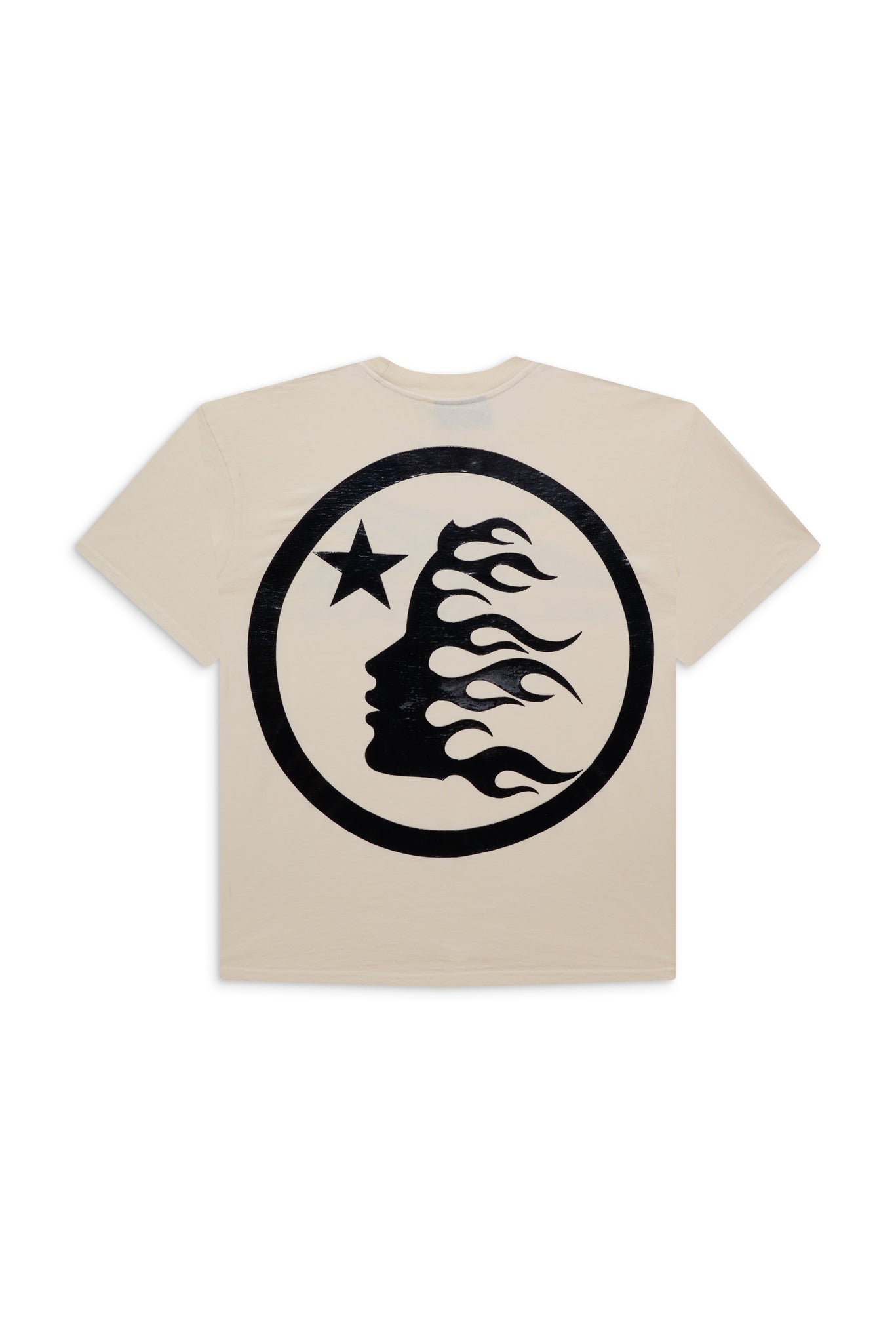
Custom woven patches have become a popular choice for businesses, organizations, and individuals looking to add a personalized touch to their garments, bags, and accessories. These patches are not only durable and versatile but also offer a high level of detail and customization. In this comprehensive guide, we will explore everything you need to know about custom woven patches, from their manufacturing process to their applications and benefits.
What are Custom Woven Patches?
Custom woven patches are fabric patches that are woven using threads instead of being embroidered. They are typically made from polyester threads, which are woven together on a loom to create intricate designs. Unlike embroidered patches that use threads stitched onto a base fabric, woven patches have a smooth surface with fine details, making them ideal for designs that require a high level of clarity and intricacy.
Manufacturing Process of Custom Woven Patches
-
Design Creation: The process begins with creating a digital design of the patch. This design serves as a blueprint for the woven patch and determines the colors, shapes, and details.
-
Loom Setup: Once the design is finalized, it is translated into a pattern that guides the weaving process on a loom. The loom interlaces the polyester threads vertically and horizontally to form the patch.
-
Woven Construction: During weaving, different colored threads are woven together to recreate the design accurately. This process allows for precise detailing and color accuracy.
-
Finishing Touches: After weaving, the patches are cut to size and the edges are heat-sealed to prevent fraying. They can also be backed with materials like iron-on, adhesive, or Velcro for easy application.
Benefits of Custom Woven Patches
-
Durability: Woven patches are highly durable and withstand wear and tear better than embroidered patches.
-
Detail and Clarity: They offer exceptional detail and clarity, making them perfect for intricate designs, small text, and complex logos.
-
Flexibility: Woven patches can be made in various shapes, sizes, and colors, allowing for a high degree of customization.
-
Professional Appearance: They have a smooth and flat surface, giving them a polished and professional look.
Applications of Custom Woven Patches
Custom woven patches find applications across various industries and purposes:
-
Fashion: They are used by fashion brands to add branding elements to clothing and accessories.
-
Corporate Branding: Companies use them on uniforms and promotional items to enhance brand visibility.
-
Sports Teams: Woven patches are popular among sports teams for uniforms and merchandise.
-
Non-Profit Organizations: They use patches for fundraising campaigns and to promote causes.
-
Military and Government: Woven patches are used for uniforms, commemorations, and identifying units.
Choosing a Patch Maker in the USA
When selecting a patch maker in the USA for custom woven patches, consider the following factors:
-
Experience and Reputation: Look for a company with a proven track record in producing high-quality woven patches.
-
Customization Options: Ensure the patch maker offers a range of customization options, including size, shape, colors, and backing options.
-
Quality Control: Check if the patch maker has stringent quality control measures to ensure consistent and durable patches.
-
Customer Service: Opt for a company that provides excellent customer service and can guide you through the design and ordering process.
Conclusion
Custom woven patches are a versatile and durable option for adding a personalized touch to garments, accessories, and promotional items. With their intricate designs and high level of customization, they are favored by businesses, organizations, and individuals alike. Whether you’re looking to enhance corporate branding, promote a cause, or add flair to personal items, custom woven patches offer a professional and long-lasting solution.
If you’re considering custom woven patches, partnering with a reputable patch maker USA can ensure you receive patches that meet your exact specifications and quality standards.






